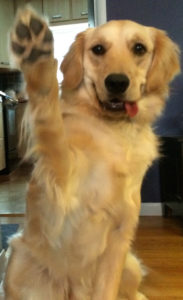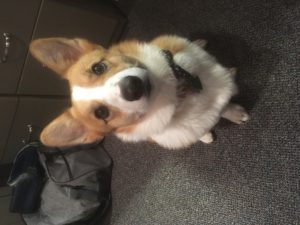Crop Rotation
![]() Coming up with a story and all the people in it and a whole world where it can happen is a lot of work. There’s so much stuff that needs to be figured out. Working with a partner, that mostly entails talking about it. With enough talking, we can figure anything out. (Talking to yourself can work, too.)
Coming up with a story and all the people in it and a whole world where it can happen is a lot of work. There’s so much stuff that needs to be figured out. Working with a partner, that mostly entails talking about it. With enough talking, we can figure anything out. (Talking to yourself can work, too.)
Naturally, it’s not quite that simple. In any given conversation, we’ll pick a topic and make good headway, but getting a given thing totally solved doesn’t usually happen all in one go, or even in a linear manner. We reach a point where we’re not making progress anymore, and lay that idea aside. At some point we’ll revisit it and move it ahead. Eventually, after lots and lots of talking, we get everything we need.
It’s like crop rotation. You need to switch things up once in a while and let the soil rejunvenate. That might mean staying within the same story but shifting your attention to a different plot thread, or a different character’s arc, or it might mean working on a completely separate story. The point is, don’t strain harder and harder if your yield is dropping. Spending that energy on something else will be much more productive.
A good writing partner doesn’t let you end with an overwrought farming metaphor.


